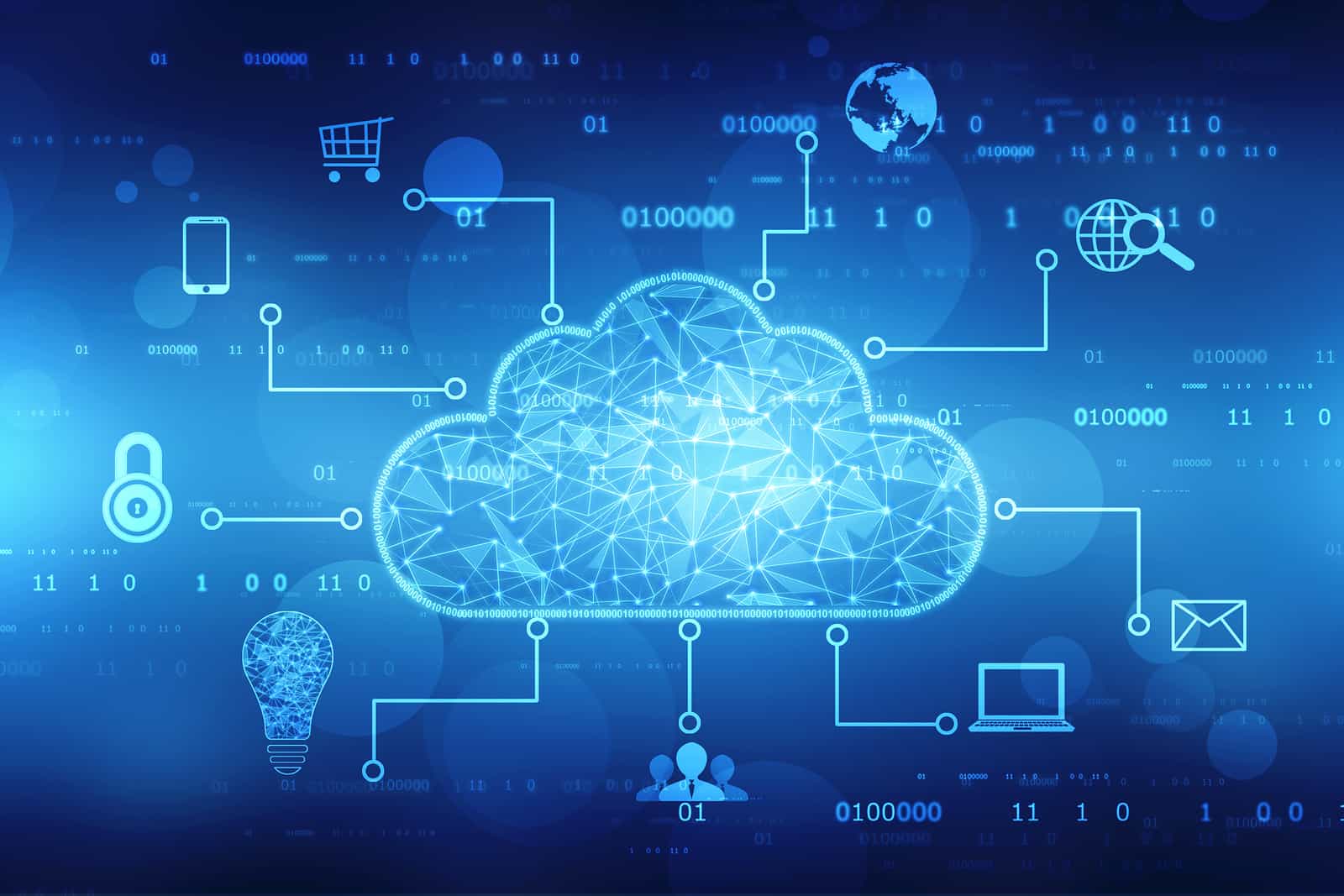Does it Make Sense to Push All Your IoT Data to the Cloud?
Desmond Tan
August 19, 2019

IoT devices create plenty of data – much more that you might think. When you multiply this amount of data by the number of devices installed in your company’s IT ecosystem, it is apparent IoT is a truly big data challenge.
Two common questions IT staff and data management professionals have been asking during the past few years are: “Does it make sense to push all your IoT data to the cloud?” and “What are the pros and cons of doing so?”
Why Would You Move IoT Data to the Cloud?
There are three primary reasons why companies move their IoT data to the cloud for processing.
- Aggregate data from multiple devices in one place.
- Leverage cloud-scale compute to process the data.
- Enable business analytics and decision-making.
As you might imagine, these reasons are not entirely independent. Part of what makes IoT such an attractive technological component is its simplicity. IoT devices aren’t highly sophisticated, don’t contain much internal storage and typically aren’t capable of complex data processing.
Consequently, they can be less expensive to acquire and deploy and operate with low power consumption. IoT devices work best when coupled with cloud services of some sort where data from the devices can be collected, transferred somewhere for processing and then response signals are sent back to the device. As their name suggests, IoT devices are designed to be networked and interact with other technological components (they aren’t as powerful on their own as they are as part of a system).
Benefits of Moving Your IoT Data to the Cloud
Yes, it’s great that you can move IoT data to the cloud for processing, but it is never a good strategy to do something for the sake of doing it – there should be a purpose. In the case of IoT data, that purpose is to enable decision-making – either strategic or operational.
IoT devices provide a bridge between the digital world and the physical world by capturing information about the environment, so remote consumers can make decisions and initiate actions. Those actions may be as simple as turning a light on or off or part of a complex operational process (such as a manufacturing system).
IoT devices enable users to interact with physical environments remotely. To do this, the data and capabilities of the IoT device must be made available to the remote user. The best method for this in an enterprise environment is to move the data to the cloud, so whoever needs it may access it. Often, IoT devices work as components of a greater system or workflow. Once data is in the cloud, it can be merged with other data, analyzed for meaning and relevance and, in some cases, used to drive automation. There are many business problems IoT can help companies solve.
Drawbacks to Moving Your IoT Data to the Cloud
Using IoT data to solve business problems can create tremendous value for a company in pursuit of digital transformation or enterprise business agility goals. Unfortunately, not all the data IoT devices produce is useful and valuable – some of it is just noise. The two biggest issues with managing IoT data are:
- The large volume of data produced.
- Sorting the meaningful information from the data clutter.
These two issues are of importance when evaluating what data to move to the cloud, as you want to avoid adding clutter to a data warehouse or clogging your infrastructure with the transmission and processing of data that you don’t intend to use. A good rule is to focus on determining what data you actually need and plan to use.
Because IoT data is most valuable in real-time, consider what data is needed to support your operational processes or real-time decision-making. Once you understand this, look at the data produced by your IoT devices and see how well it serves your needs. You may find you don’t have the right kinds of IoT devices in your environment or you only need a subset of the data being generated to make meaningful decisions.
Your company’s decision-making and operational needs will determine what IoT data to move to the cloud, how you aggregate data from disparate systems and who uses it within your organization.
The composition of your IT infrastructure, including, for example, security and cost models, may apply some additional constraints to what should be moved to the cloud vs. filtered at the source. If your company uses analytics tools that perform time-series analysis, then you may decide to move all your IoT data to the cloud for analysis and then filter it later.
IoT is positioned to assume an expanded purpose within the IT ecosystems of companies during the next few years, enabling them to move beyond basic digital transformation towards true business agility.
Actian provides a suite of solutions to help you manage the data on IoT devices to operational data warehouses, capabilities for processing large-scale data in near-real time, and the time-series analytics capabilities to understand the value of your IoT data for your company.
Subscribe to the Actian Blog
Subscribe to Actian’s blog to get data insights delivered right to you.
- Stay in the know – Get the latest in data analytics pushed directly to your inbox.
- Never miss a post – You’ll receive automatic email updates to let you know when new posts are live.
- It’s all up to you – Change your delivery preferences to suit your needs.


